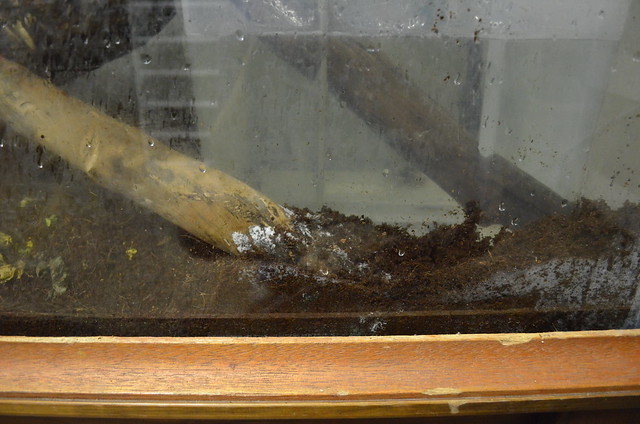Mould is a form of fungi. Fungi are an important group of decomposers in nature, helping to recycle the matter in dead plants and animal bodies back into the soil. So anything that has lived in or under a rotting log or even decaying leaf litter, has been in close contact with it. While bacteria are also extremely important as decomposers they not effective at breaking down wood as they cannot breakdown the lignin. So your problem is purely fungal.
What you can see on the surface is the fruiting body of the fungus – the part that produces and gives off spores. The body of the fungus consists of a network of fibres (called hyphae) slowly growing down through the wood, dissolving and eating it as they grow. The lignin, that would normally provide the strength in wood, is removed and used as food. This is why rotten wood losses its structural integrity.
If you have adequate ventilation, development of fungal rot from air borne spores is highly unlikely. However, if the fungal body was already present when you first collected the timber then, it takes very little moisture to kick it of again. The spores being given off in an enclosed space are probably more of a risk to you than your reptiles. However, fungi can also give off toxic gases – myco-toxins. With adequate ventilation these do not represent a real threat. Given the sum total of effects – weakened wood furnishings, unsightly growth on them, spore production and musty, unhealthy smell (depending on ventilation), I would aim to get rid of it.
Ditch everything organic and start again. Wash the enclosure and non-organic furnishings thoroughly using 80% or pure vinegar. This is more effective at killing fungi than bleach is. You can use bleach as well, afterwards, if you really want but it is not necessary. And follow he advice already given.
Blue





